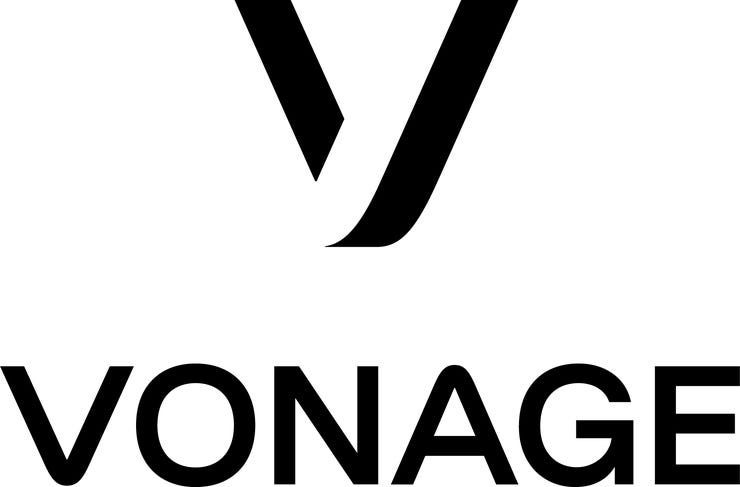Vonage rebrands as B2B communications service player, aims to close Twilio market cap gap


Vonage is rebranding to unify its business-to-business portfolio and shed its consumer heritage that has been gone for years anyway.
The company, which launched in 2001 as a voice-over-IP provider in 2001, has revamped in recent years to be a collaboration and business communications service provider. Vonage today looks a lot more like Twilio than what it used to be. Consider:
- Vonage acquires Over.ai assets from will.i.am company
- Vonage buys contact center software firm NewVoiceMedia
- Vonage buys WebRTC player TokBox for $35 million
- Vonage buys Nexmo for $230 million, eyes cloud communications dominance
Along with the new branding effort, Vonage is launching Vonage Meetings, which is a video collaboration suite in its Vonage Business Cloud. Vonage also launched its Conversation API to allow developers and enterprises keep context across messaging and voice.
The B2B pivot for Vonage has been underway via both organic and mergers and acquisitions. The bet has paid off. Revenue for fiscal 2016 was $955.6 million and projected to be $1.2 billion for 2019 and $1.3 billion for 2020.
For Vonage, the rebranding is also about market cap. Vonage's market capitalization is $2.4 billion through Oct. 29. Twilio's market cap is $14.32 billion. Twilio's revenue for fiscal 2019 is projected to be $1.1 billion and less than Vonage's sales. Twilio has grown much faster with revenue up 72% from 2018 if it hits Wall Street projections. In fiscal 2016, Twilio revenue was $277.3 million.
- Verified by Twilio will tell you who's calling -- and why
- Twilio crosses $1B annualized run rate in Q2
Given that market cap disparity with Twilio, it's no surprise Vonage wants to be seen more as a communications as a service provider and collaboration player.
Vonage's rebranding will have a heavy dose of marketing its Vonage Platform, which offers voice, messaging, video and data services, applications, a developer ecosystem and collaboration tools. Here's a look at the Vonage platform.
Related: